ETO & PPO Sterilization
The use of validated microbial reduction techniques
ETO Sterilization
Sterilization with ETO is a low-temperature process (typically between 37 and 63°C) that uses Ethylene Oxide gas or ethylene chlorohydrin to reduce the level of infectious agents. ETO is used in gas form and is usually mixed with other substances, such as CO2 or steam. It is mainly used for products that cannot withstand the heat of typical autoclave sterilization such as plastic. The main physical parameters to be monitored are temperature and relative humidity.
*Options, dependent on spice and final use, are:
Ethylene oxide (EtO; In the U.S.: 7 ppm residue tolerance on spices and dried vegetables; ethylene chlorohydrin
residues permitted up to 940 ppm on spices and dried vegetables); exception some spices, for which ETO treatment is
prohibited.
The total length of the process can vary depending on the goods that are being sterilized, but typical cycles are between 36 and 48 hours. There are two main ways to divide the cycle; a three phase cycle and a five phase cycle. The difference being that a three phase cycle does factor in the pre and post exposure phases.
A typical three phase ETO sterilization cycle can be summarized as follows:
Preconditioning:
Provides temperature and humidity conditions to entice infectious agents to come out of hibernation
Sterilization / Conditioning:
Exposure to the sterilizing agent at the specified temperature, RH% and pressure levels
Aeration:
ETO gas is removed using changes of air in the sterilization chamber removing any ETO particles. This
process is usually taking place in a separate chamber or room. Time and temperature are monitored.
PPO Sterilization:
–– Propylene oxide (PPO; In the U.S.: 300 ppm residue tolerance for spices)




